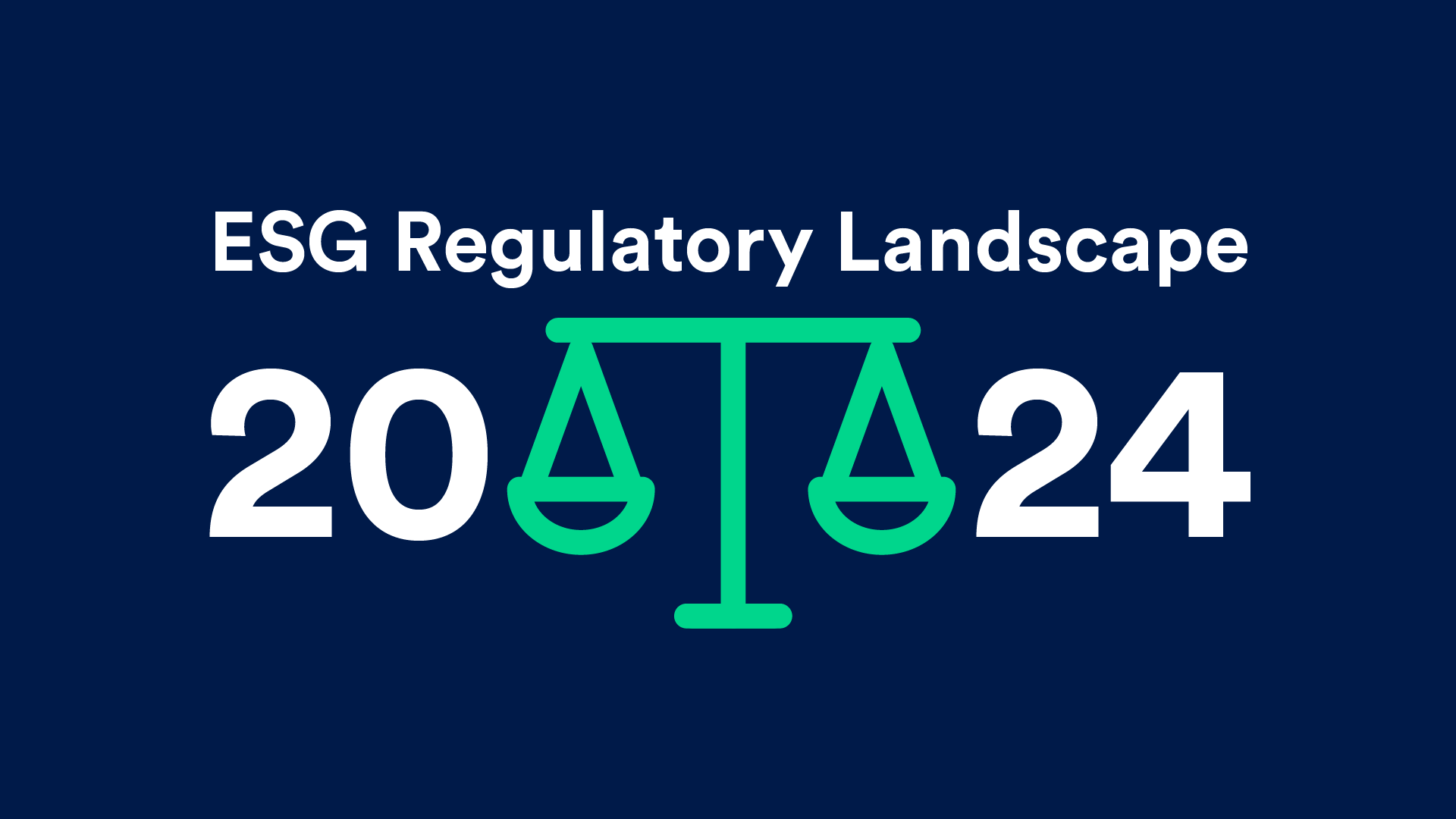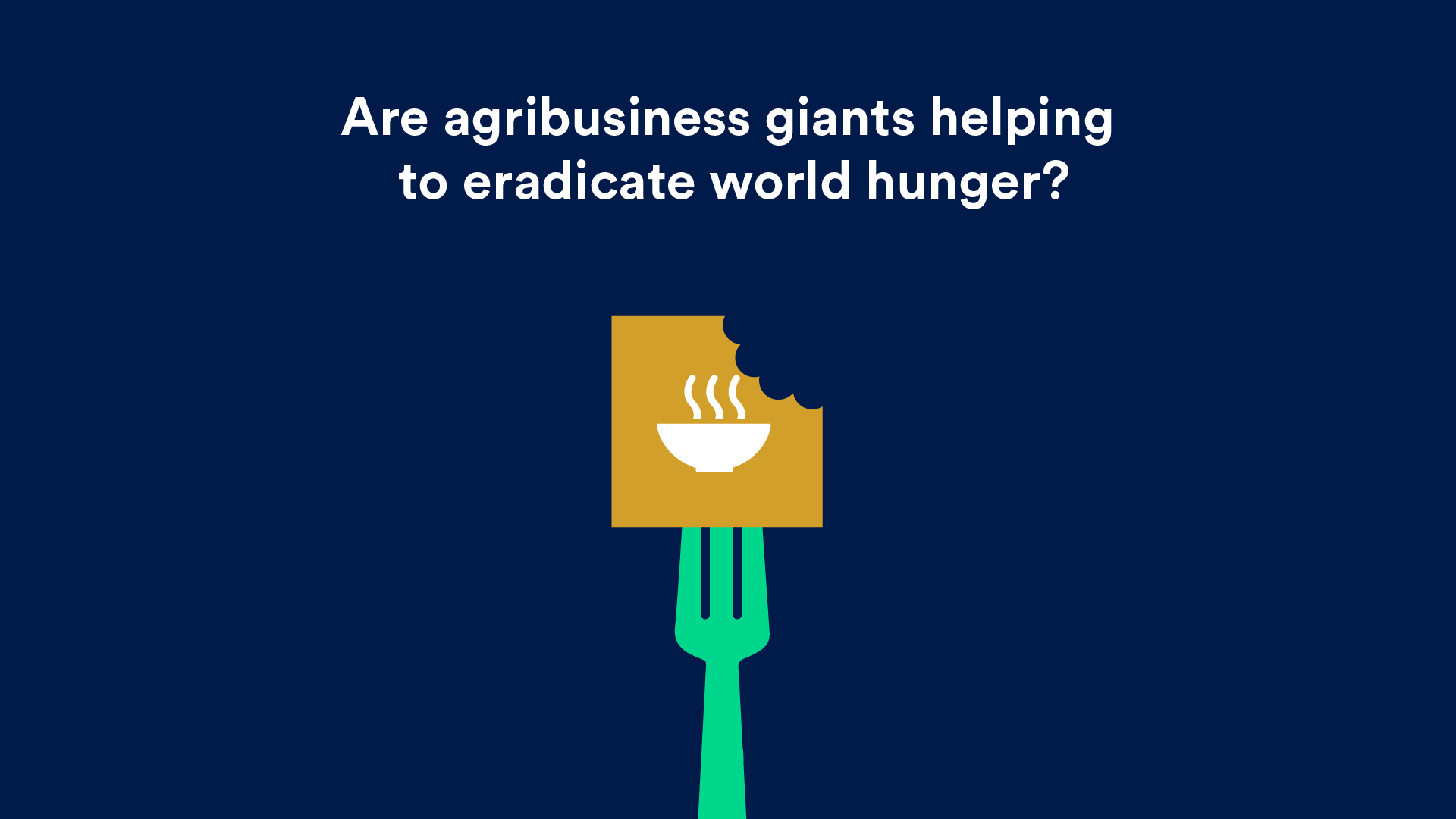This past month, impak submitted its consultation responses on the European Sustainability Reporting Standards (ESRS) draft elaborated by the EFRAG and the International Sustainability Standard Board (ISSB) regarding general sustainability-related disclosure requirements and climate-related disclosure requirements.
These consultations are aimed at improving the quantity, quality, and reliability of sustainability disclosures.
Here are our key points:
1. Ensure global baseline reporting standards on sustainability disclosures
To achieve the Sustainable Development Goals established by the United Nations and to deliver on the Paris Agreement, impak urges further collaboration between standard-setters to ensure interoperability between the different sustainability reporting standardization initiatives: EFRAG, Global Reporting Initiative (GRI), ISSB, TCFD, SEC.
Achieving a global aligned baseline will:
- Meet the expectations of investors, companies, and all stakeholders;
- Reduce the reporting costs and operational burden for companies in applying the standards and;
- Benefit investors who operate at a global scale in their decision-making processes.
We welcome EFRAG’s work to align the ESRS and requirements of other EU sustainable finance regulations (SFDR, European taxonomy,…).
2. The future of reporting must be based on double materiality and interconnectedness of E, S, and G considerations
impak fully supports the concept of double materiality, a holistic and forward-looking approach.
Investors are finding it increasingly difficult to be satisfied with financial materiality alone, even in North America. They are starting to understand that both these perspectives are needed in order to avoid a distorted view. HSBC Bank recently declared that “enterprise value (aka financial materiality) is a backward-looking, lagging indicator, (…) Universal owners need a double materiality lens to inform critical, long-term decision making.”
Suppose we continue down this path, only considering “material factors” that impact a company’s finances. In doing so, we will continue to overlook other sustainability issues. As it was pointed out by the Standford Social Innovation review in a recent article, “this problem is particularly acute when it comes to social factors in ESG”. Financial materiality tends to disregard social impact and usually focuses on what is “most convenient” as against what is “most meaningful”.
Finally, adopting a double materiality approach would certainly avoid “confusing signals like the ratings upgrade of McDonald’s by MSCI in 2019, citing their environmental practices, despite McDonald’s continued increase in carbon emissions to 54 million tons that year.” Why has climate change been totally ignored? Because MSCI determined that climate change neither poses a risk nor offers “opportunities” to the company’s bottom line even though the Company generated more greenhouse gas emissions in 2019 than Portugal or Hungary.
We, therefore, invite the ISSB, whose only focus remains on climate, to adopt double materiality in its standard-setting process and to cover the entire ESG spectrum in the development of its future standards. In doing so, they would align themselves to EFRAG’s standards while covering environmental, social, and governance issues, without leaving any undervalued topics.
While reporting on climate is the first necessary step, it simply isn’t enough in light of the other issues our world is currently facing. We encourage the ISSB’s initiative, but we also recommend that it adopts a holistic point of view and goes further by drawing on the work carried out by EFRAG, an entity 15 years in advance on the matter.
A failure to recognize double materiality is detrimental to sustainable development – and, ironically, long-term financial success.
3. EFRAG benefits from its pioneer position on sustainability reporting standards but needs to adopt impact terminology and IMP framework to improve its application.
We welcome EFRAG’s references to impact terminology (impact materiality, stakeholder, scale), but we think the final standards should also consider the Impact Management Project framework that introduces the notion of thresholds as a key component in impact assessment.
Finally, if EFRAG wants to meet its ambitious targets, it must offer practical and interpretative guidelines.
Conclusion
We should all be championing the strongest interpretations of “double materiality” and demanding the highest standard in order to have a holistic and transparent view of a company’s impact. That is why we think EFRAG’s sustainable standard reporting is more complete than that of the ISSB.
Although we recommend some improvements to EFRAG’s reporting, as mentioned above, we think that following that path is the best way for investors to protect themselves from risk exposure. Indeed, increasingly, “the sustainability of a business model will become material to the enterprise and to its financial value” as mentioned by Martin Moloney, Secretary General of IOSCO in this article of Responsible Investor.


